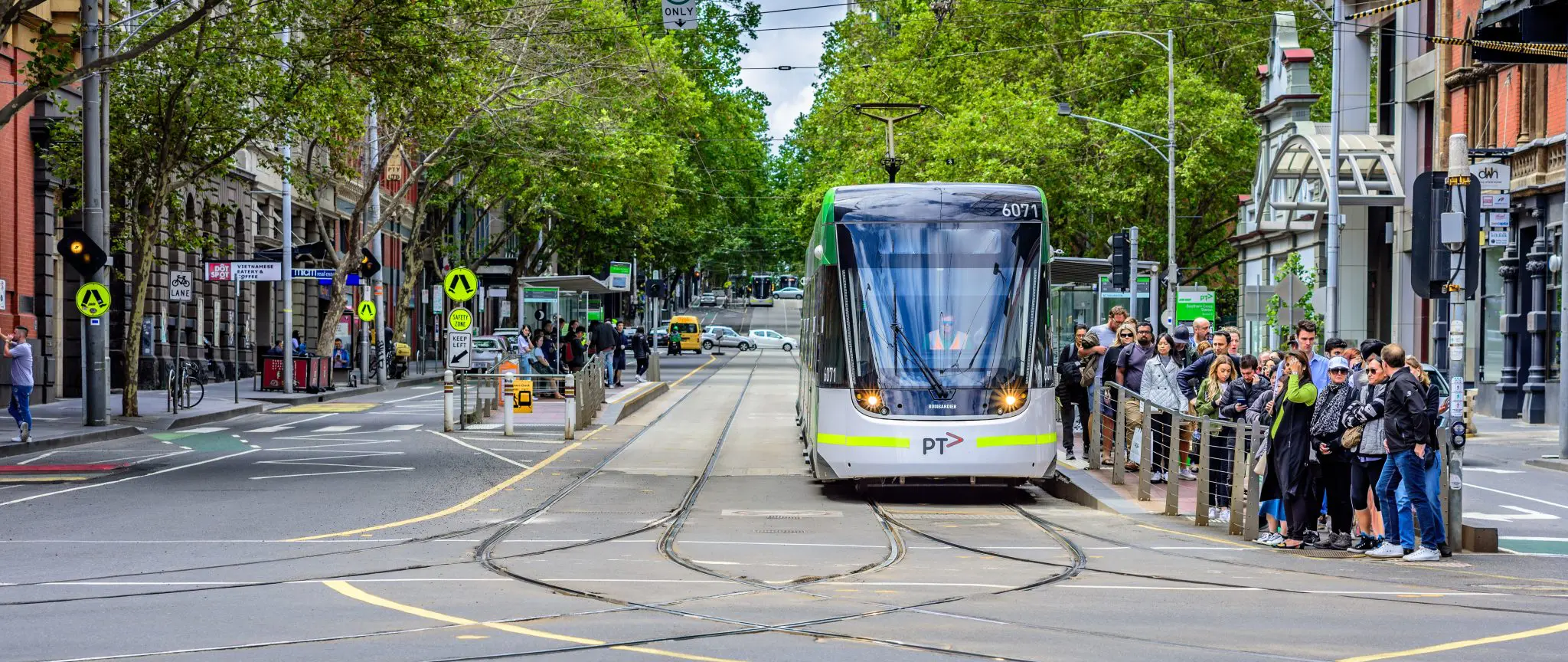
PT Fares Modelling using MABM
End client
Infrastructure Victoria
Location
VLC was engaged by Infrastructure Victoria (IV) to carry out modelling and output production using the Melbourne Activity Based Model (MABM) for 5 scenarios to support work related to understanding the impact of public transport fare reform. The task involved familiarisation with a new activity-based model which VLC had no previous experience in using and presenting outputs through the use of VLC’s interactive web-based visualisation platform, Planwisely.
Client Requirements
VLC was commissioned to carry out modelling to support the production of independent advice to the Victorian Government on public transport fare reform which was published in late 2020[1]. The requirements covered four key areas:
Model Familiarisation
During this task VLC was required to familiarise itself with how the model works. This included the model run environment and software code so that the required model runs could be carried out. This stage included replicating current MABM run results.
Model Output Code Development & Generation
During this task review of existing software code to produce outputs was required along with updates to allow new outputs requested by IV to be produced.
Model Runs and Output Generation
This task involved running the model scenarios requested as well as producing both transport impact and economics outputs.
Data Visualisation
The Planwisely web-based visualisation platform has been used to present the model outputs in an interactive way.
Delivered Outcomes
VLC made enhancements to the model software to allow complex fare policies including differentiation of fares based on time of arrival to the CBD, number of interchanges and tram use on multi-modal journeys to be modelled. Five modelling scenarios were run with a bespoke results dashboard developed and reported on to summarise outcomes. In addition, key network metrics for traffic and public transport were presented through VLC’s interactive web-based visualisation platform to allow easy access to model outputs.
Outputs from Planwisely were used directly in the publicly published report produced by IV and the dashboard analysis as well as technical reports produced by VLC alongside extraction of further adhoc data provided the evidence base to support recommendations made to government on public transport fare reform.